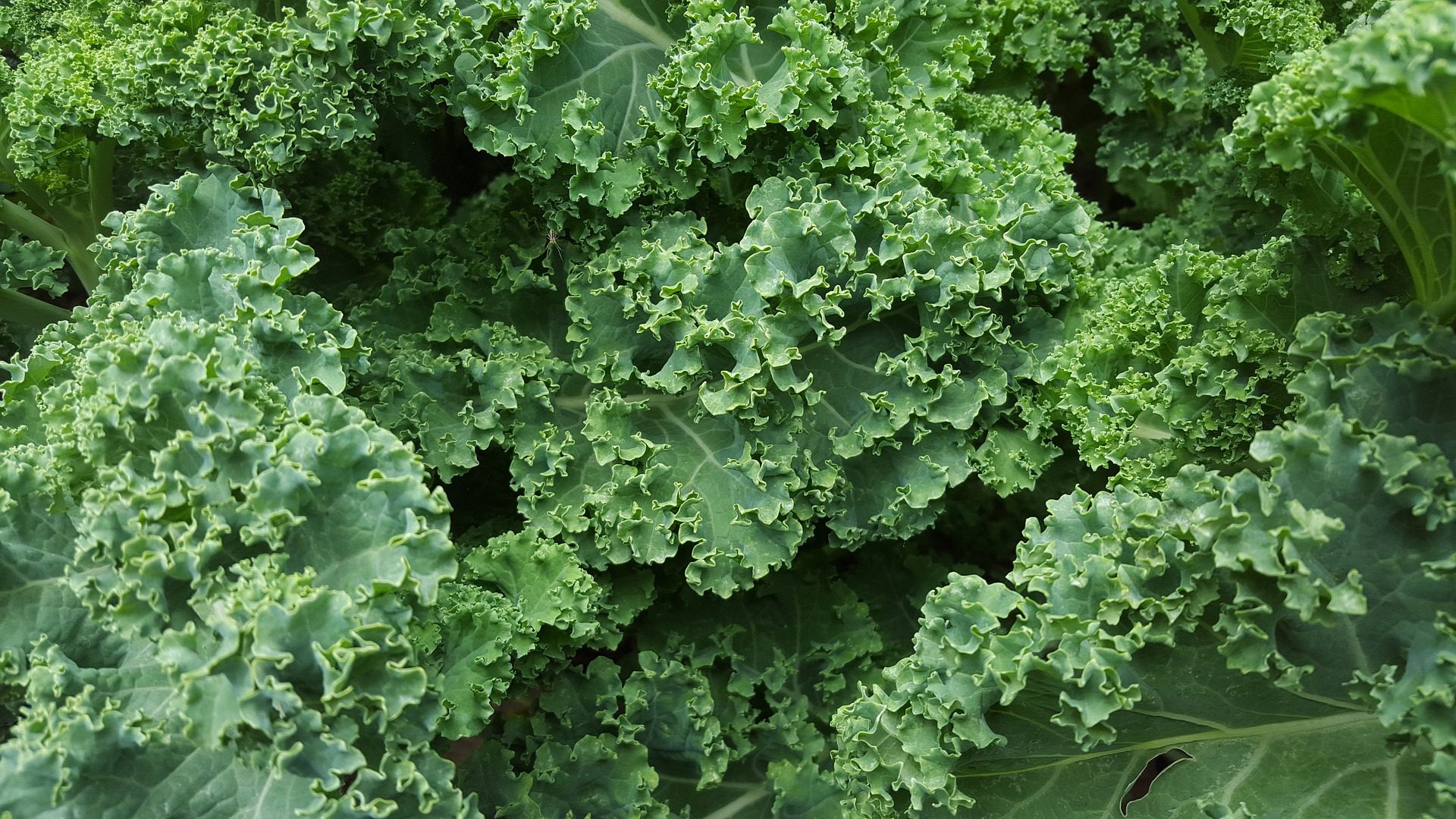Get The Most Out of Your Kale from Backyard Eats
Harvesting Kale
When It’s Ready
- When plants are 15-18 inches tall
- Or when the leaves are about a foot long
- Kale can be eaten at many different stages of growth, the flavor develops more fully as it grows larger.
- May – December
When It’s Too Late
- Kale is past due for harvesting when it flowers.
- White or pale yellow flowers will appear at the top of your kale stalks
- The leaves will begin to taste increasingly bitter.
How To
- Use a sharp knife to harvest the lowest and outermost leaves first
- Cut leaves close to the center stalk, leaving the stalk intact.
- Leave the smaller leaves at the top of the plant and any dead or yellow leaves on the bottom.
- Harvest often to reduce pest and disease pressure and increase productivity
Growing Kale
Kale is a leafy green vegetable with a slightly bitter and earthy flavor. Kale can be sautéed, steamed, or roasted to bring out its sweet and nutty flavor. It can also be eaten raw in salads, smoothies, and juices. Kale can also be used as a substitute for spinach in many dishes such as pasta and grain bowls.
Varieties of Kale:
Curly Kale | Lacinato Kale
Storing Kale
Short-Term Storage: Wrap kale in a paper towel or kitchen towel, and place inside a plastic bag in the refrigerator until ready to use.
Long-Term Storage: Blanch kale, dry completely, and freeze in an airtight container for up to 6 months.

Cooking With Kale
- Kale Salad: Massage chopped kale leaves with lemon juice, olive oil, and a pinch of salt until they soften. Add toppings like grated Parmesan cheese, dried cranberries, and toasted nuts for a hearty and nutritious salad.
- Kale Chips: Toss kale leaves with olive oil, sprinkle with salt and seasonings of your choice (such as garlic powder or paprika). Bake in the oven until crispy for a healthier alternative to potato chips.
- Sautéed Kale: Heat olive oil in a pan, add chopped kale leaves, and sauté until wilted. Season with salt, pepper, and a splash of lemon juice or vinegar for a quick and nutritious side dish.
- Kale Smoothie: Blend kale leaves with fruits like bananas, berries, and a liquid of your choice (such as almond milk or coconut water) to create a nutrient-packed and vibrant smoothie. Add a spoonful of nut butter or a dash of honey for added sweetness.
- Kale Pesto: Blend kale leaves, garlic, pine nuts, Parmesan cheese, and olive oil to make a flavorful kale pesto. Use it as a spread on sandwiches, a pasta sauce, or a marinade for grilled meats.




